How To Prevent Heat Loss in Your Commercial Building
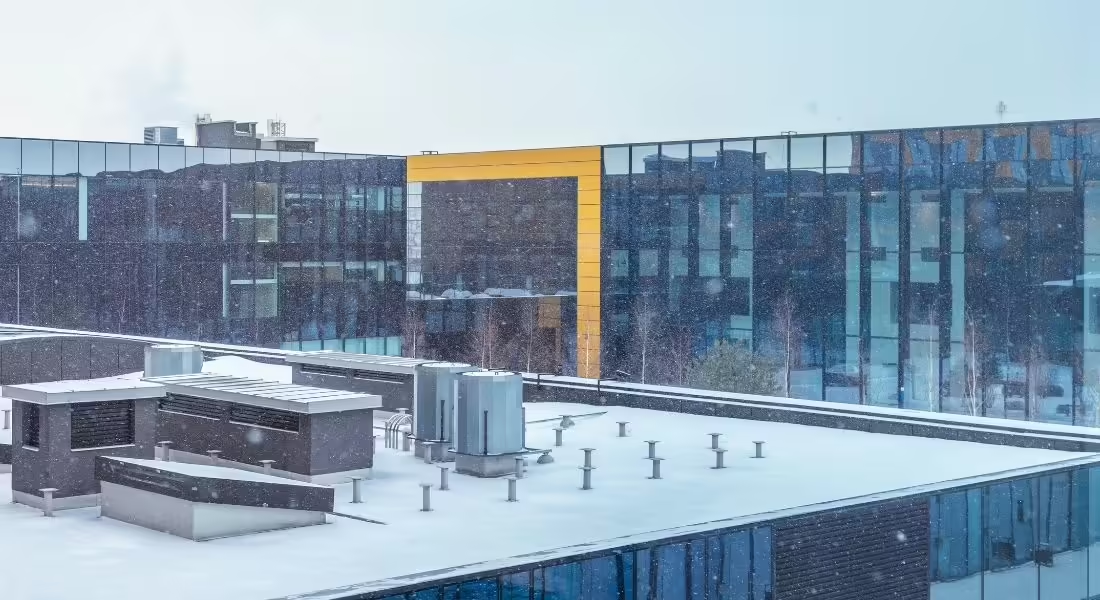
Most of us remember hearing our parents remind us to close the door behind us as we entered and exited our home. They understood that letting the warm air escape the front door was costly. Think about a large facility and how much money it costs to lose all that extra heat. We’re going to take a look at how to prevent heat loss in your commercial building and a few ways to fix the issue.
Rooftop Energy Loss
You know how hot your vehicle becomes on an intensely warm summer day? The roof of a commercial building isn’t much different. Many of the commercial rooftops are reasonably flat and substantial. They soak up radiation and heat from the yellow round globe in the sky all day long. A roof can soar up to 158 degrees on a 95-degree day. After it reaches such a high temperature, it will take hours for the rooftop to cool down after the sun has set. The air conditioning unit has to work overtime to try and cool down the building while the heat is spreading.
The same is true in the winter but reversed. A flat roof commercial building will lose around 25 percent of its heat through the roof—from issues such as improper sealing, inadequate insulation, unprotected penetrations, and non-optimized skylights and curbs. If you don’t have your commercial rooftop optimized for energy efficiency, the wintertime means paying a higher heating bill.
Preventing Heat Loss
Between warming and cooling a commercial building, it’s easier to warm than it is to cool. You still don’t want to spend more money than you have to for heating your business. The most common culprit of heat loss is insufficient or missing insulation. Any space where heat disappears outside adds to your heating bill. You’ll find this happening a lot in older buildings where they contain less effective insulation than today’s modern buildings. Insulation also degrades and settles over time. This issue results in weakened areas where heat is allowed to escape. Add water leaks on top of that, and you’ve got mold and even weaker insulation. Inadequate insulation and water damage are not a great combination. No matter the underlying issue, insufficient insulation directly leads to higher heating costs.
Thermal imaging is the best way to find temperature differences on a commercial rooftop. Drone technology has taken what used to be an expensive and somewhat dangerous undertaking and made it more accessible. The scan will quickly identify hot spots that are lacking adequate insulation.
If you’re noticing your heating bills are higher than what you’d like, check the roof before anything else. It will most likely be the problem area.
Stopping Heat Retention
Most of the cost of heating and cooling a commercial building throughout the year relates to the roof absorbing and retaining the heat and cold. To improve your building’s energy efficiency, you must take steps to diminish the issue. You’ll find rooftops constructed with materials that will reflect heat instead of retaining and absorbing it. You may not be in the market for a new roof, but you can achieve similar results with the application of a reflective coating. The sealant can reduce the rooftop’s temperature in the summer by more than 50 degrees.
A huge trend right now is to cover a significant portion of the commercial rooftop with plant life and go green. This idea can help reduce cooling and heating costs by up to 50 percent. Letting your commercial roof play host to plants can help extend the life of your roof and reduce the need for maintenance.
Green rooftops aren’t just great for your energy bills, but they help sustain the environment. They help improve air quality and manage rainwater as well. The plants will absorb 70 to 90 percent of the rain that falls onto the roof.
Sources of Heat Loss
There are two significant sources of heat loss:
- Heat transmitting through the walls, ceilings, and floors—heat naturally moves from a warm space to a cold one. Your building needs proper insulation from the bottom to the top.
- Leaks and heat loss through holes, gaps, openings, and cracks—any spaces allow for hot air to escape, and leaving the area exposed for a significant period can result in significant heat loss. Common places exposed to check are around doors and windows, as they are open and closed a considerable amount of time throughout the workday.
Issues Heat Loss Causes
We’ve discussed how you can say hello to higher heating bills when the heat is escaping. You’re paying for and generating warm air that you and your employees don’t get to use. Then your HVAC system works overtime to make up for the lost heat. It’s such a waste of time, money, and energy.
The other issue that’s going to arise is inconsistent heating. Your indoor space will have warm spots and cold spots instead of a consistent temperature throughout the commercial building. This problem can make it uncomfortable for you, your customers, and your employees.
The overtime work you put your HVAC system through creates unnecessary excessive wear and tear, which could result in your system dying prematurely. You may also have to deal with frequent breakdowns and expensive repairs.
Solving the Heat Loss
Let’s talk about how to solve the problem so you can stop losing money. A significant first step is to hire someone to perform the commercial energy audit. The audit will point out the areas where you can seal off larger and prominent places where you’re losing heat that the naked eye won’t notice.
Another fantastic way to prevent heat loss in your commercial building is to insulate properly. Increasing the insulation in the ceiling, walls, and floors and adding foam insulation into wall cavities is an effective way to help your facility. Here at Paragon Protection, we have the best spray foam insulation contractors in Crystal Lake, IL, who will get the job done right. Give them a call today to insulate your commercial structure and prepare your business when the cold weather hits.
Don’t neglect your ductwork. Ensure everything is in good working condition, that the ducts fit snuggly together, and everything is sealed correctly.
Look into having automatic doors installed at the entrances and exits of your facility. You want to ensure doors aren’t open too long and can close securely to prevent the warm air from escaping.
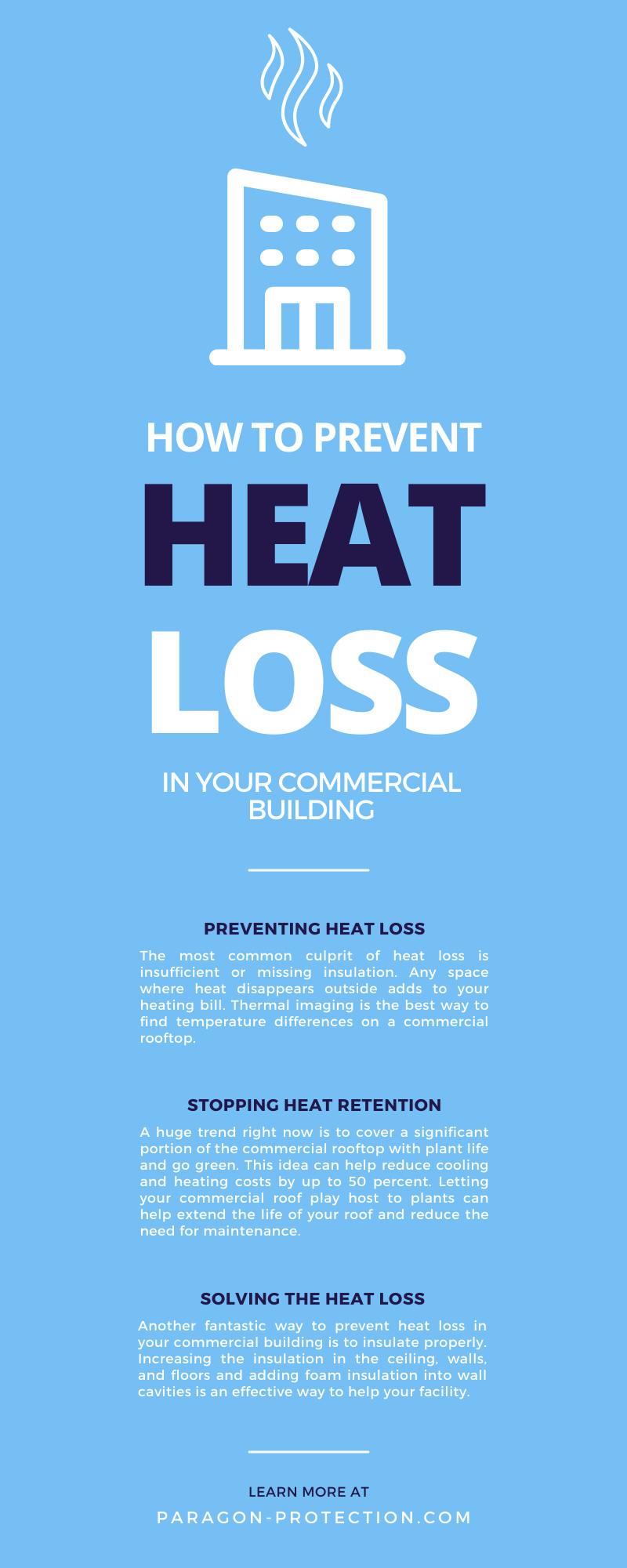

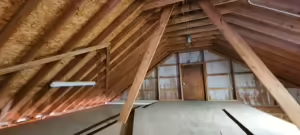
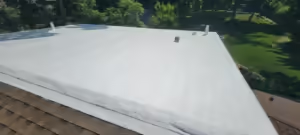
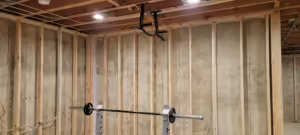
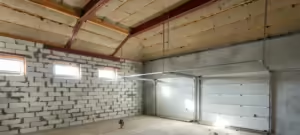

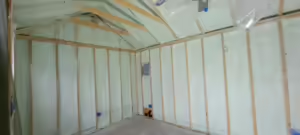
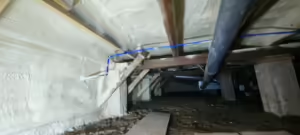
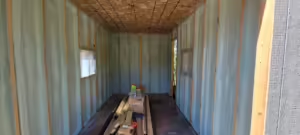
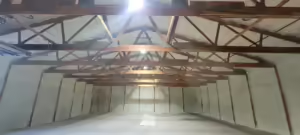


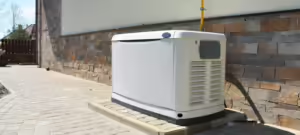
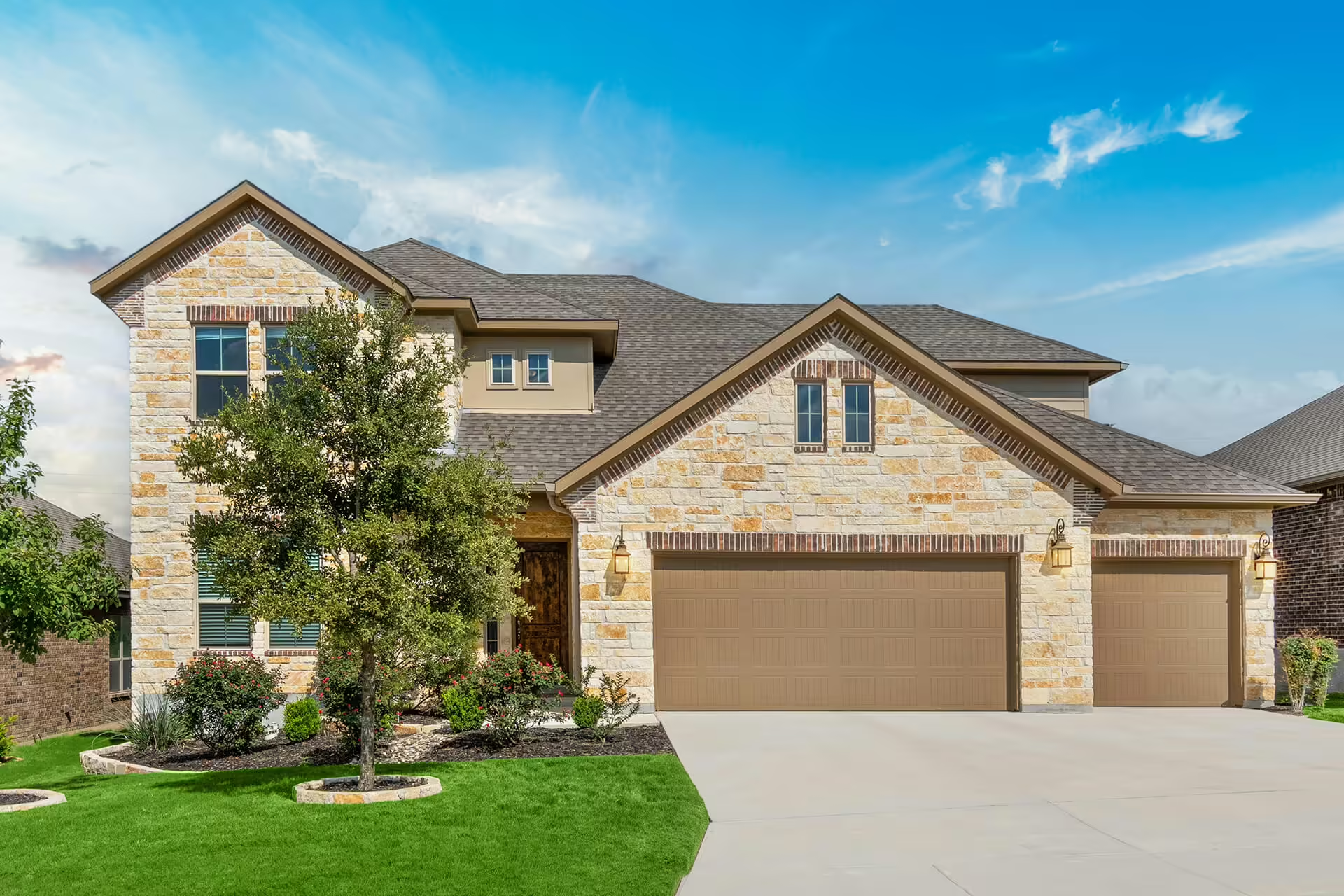 Professional Insulation Services
Professional Insulation Services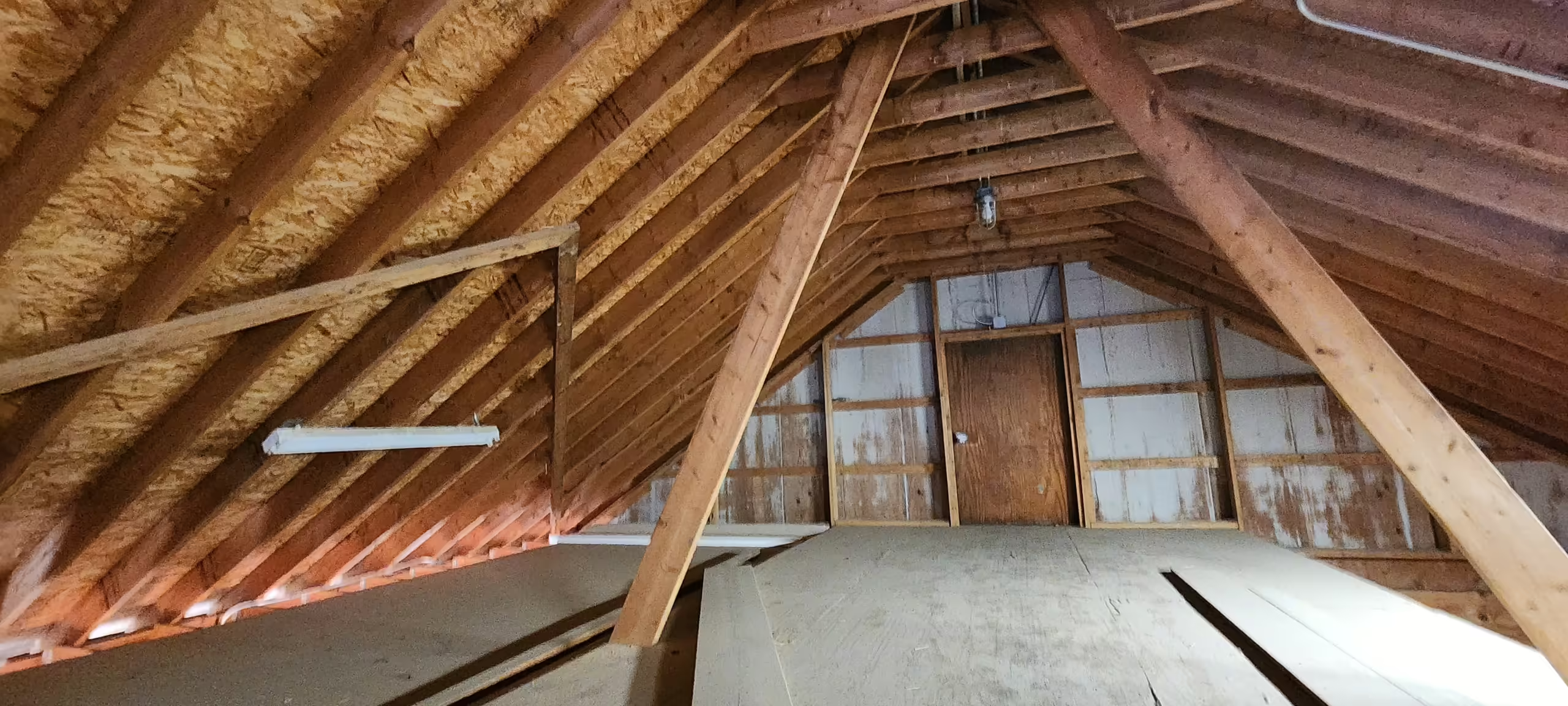 Attic Insulation Services
Attic Insulation Services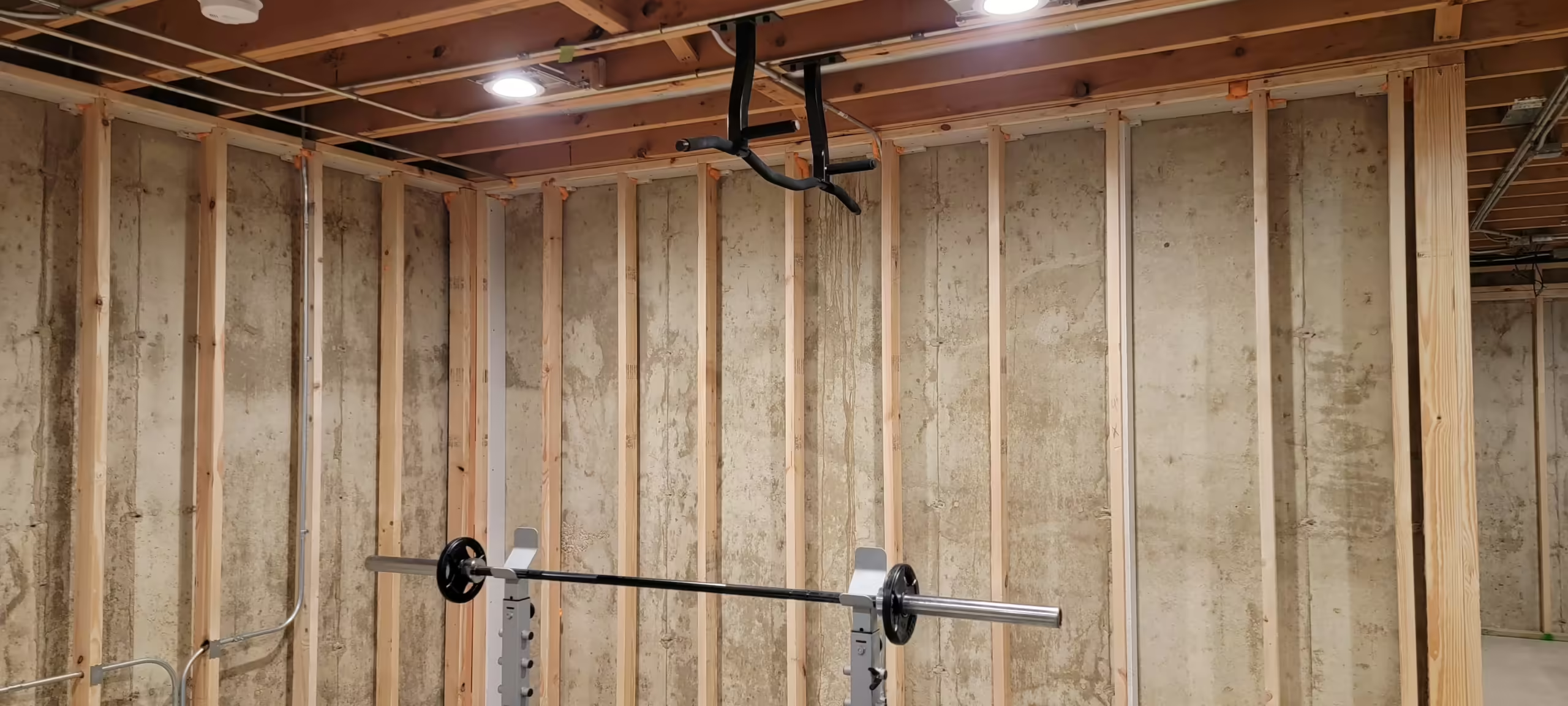 Basement Insulation
Basement Insulation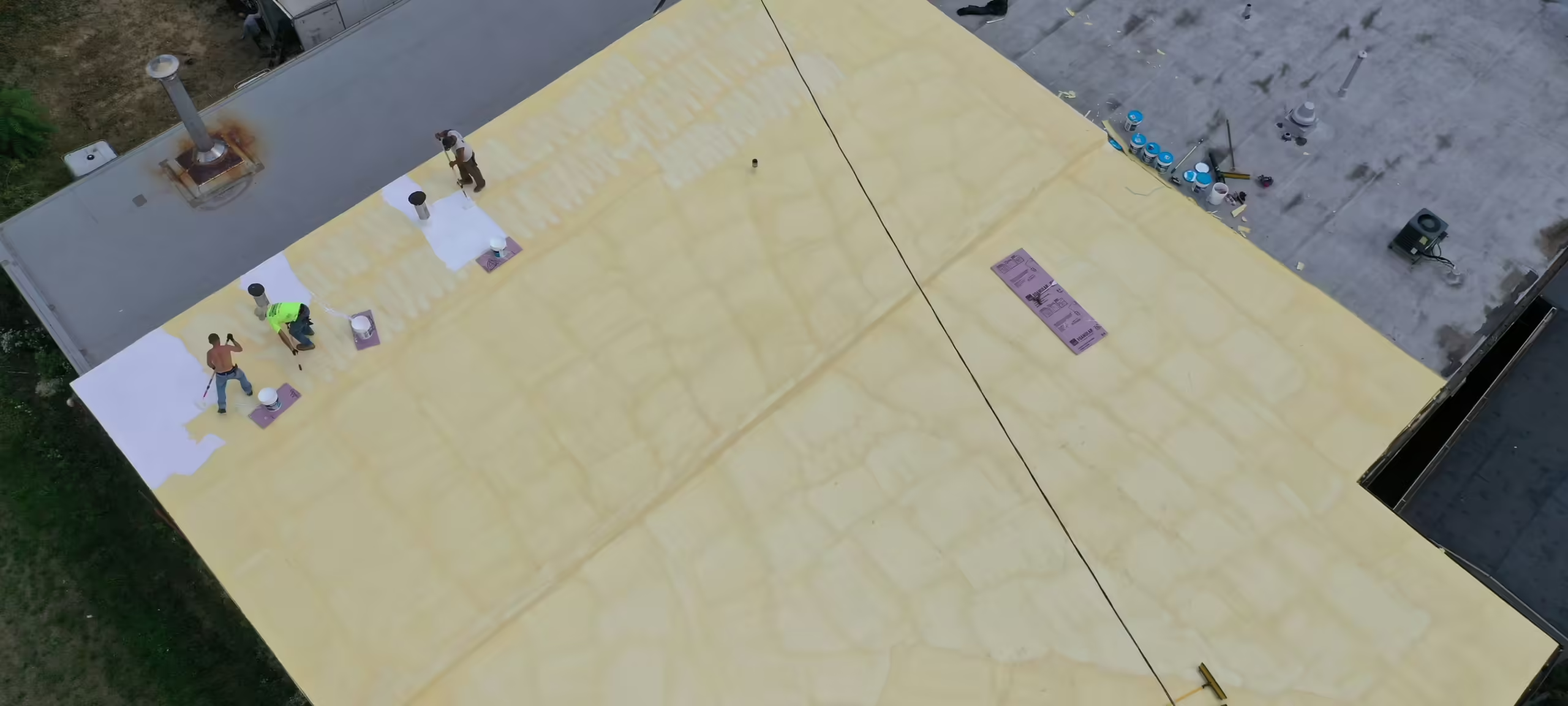 Commercial Insulation
Commercial Insulation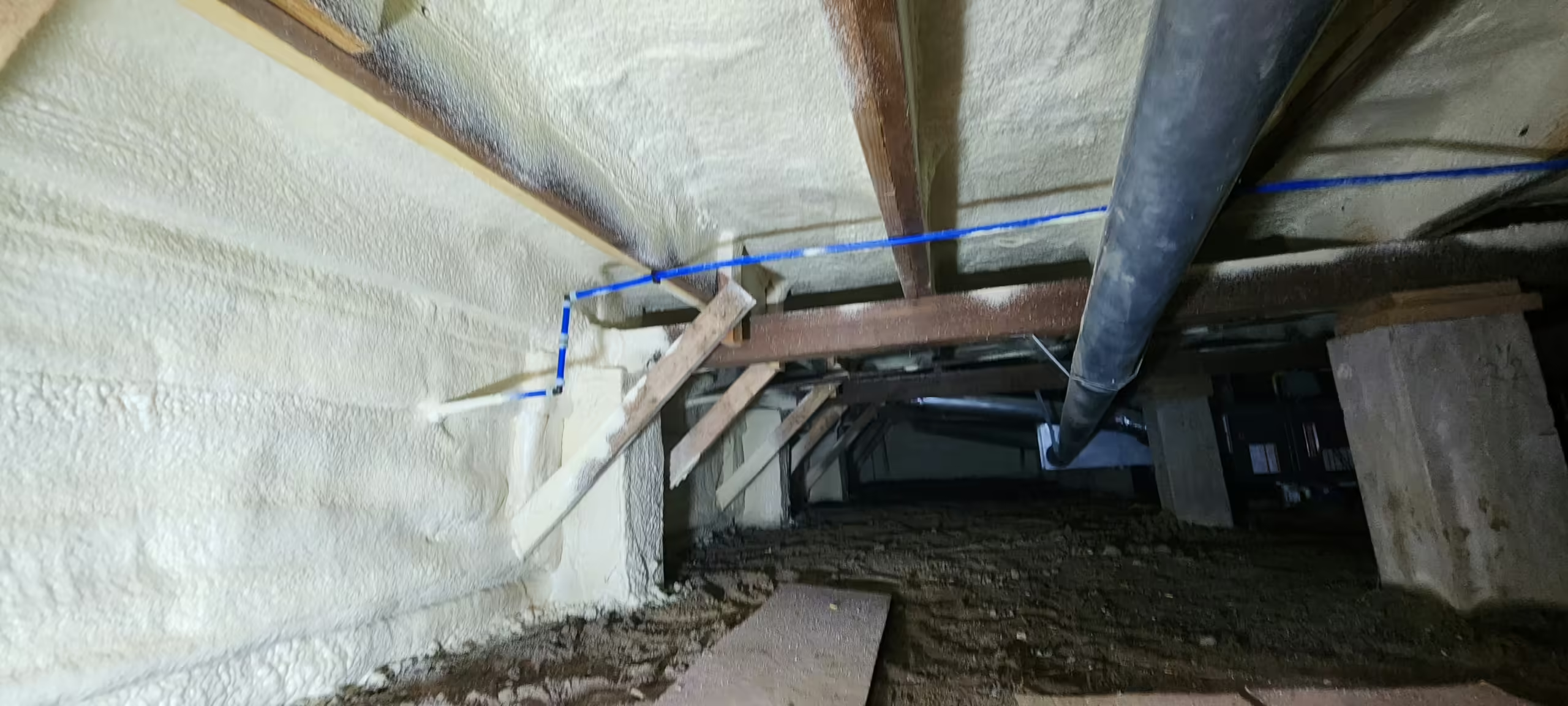 Crawl Space Insulation
Crawl Space Insulation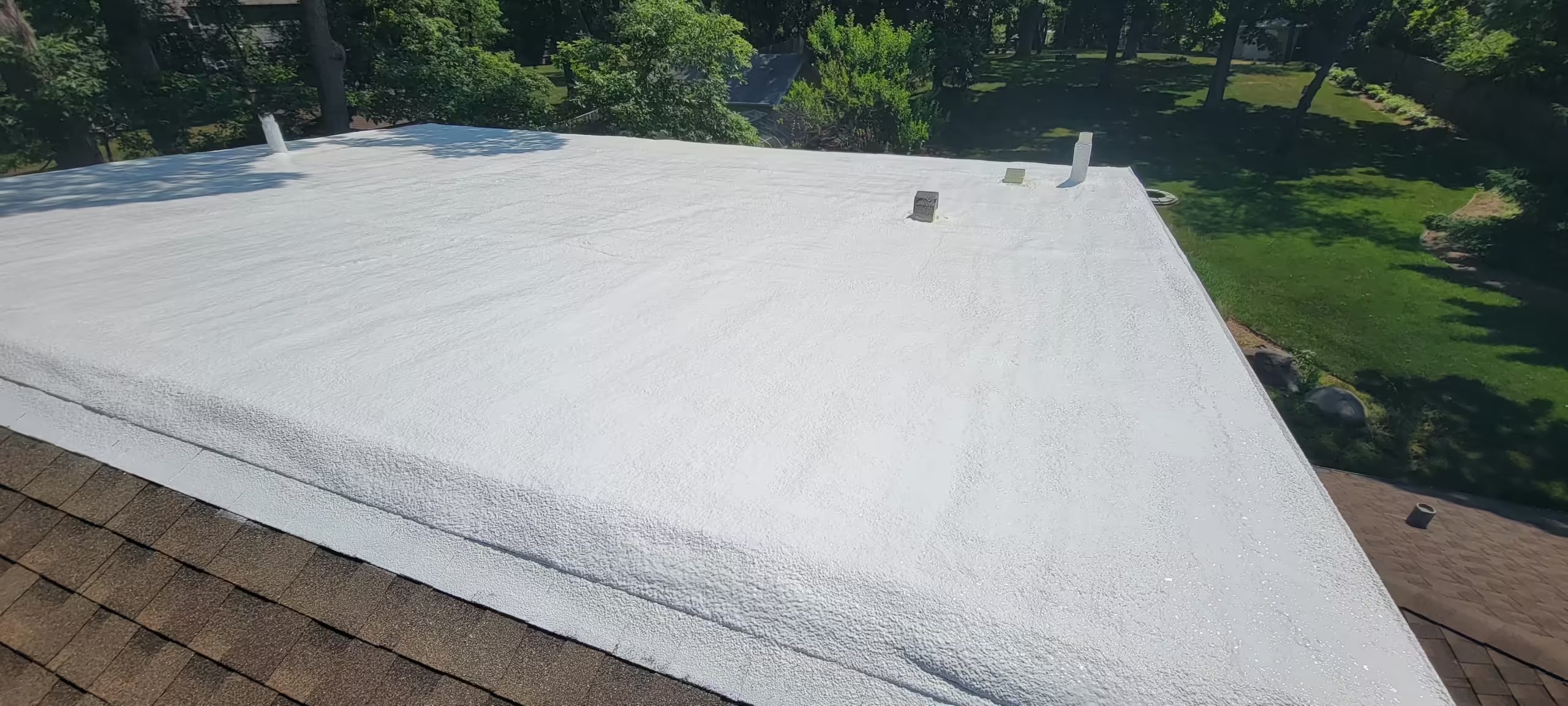 Exterior Wall Insulation
Exterior Wall Insulation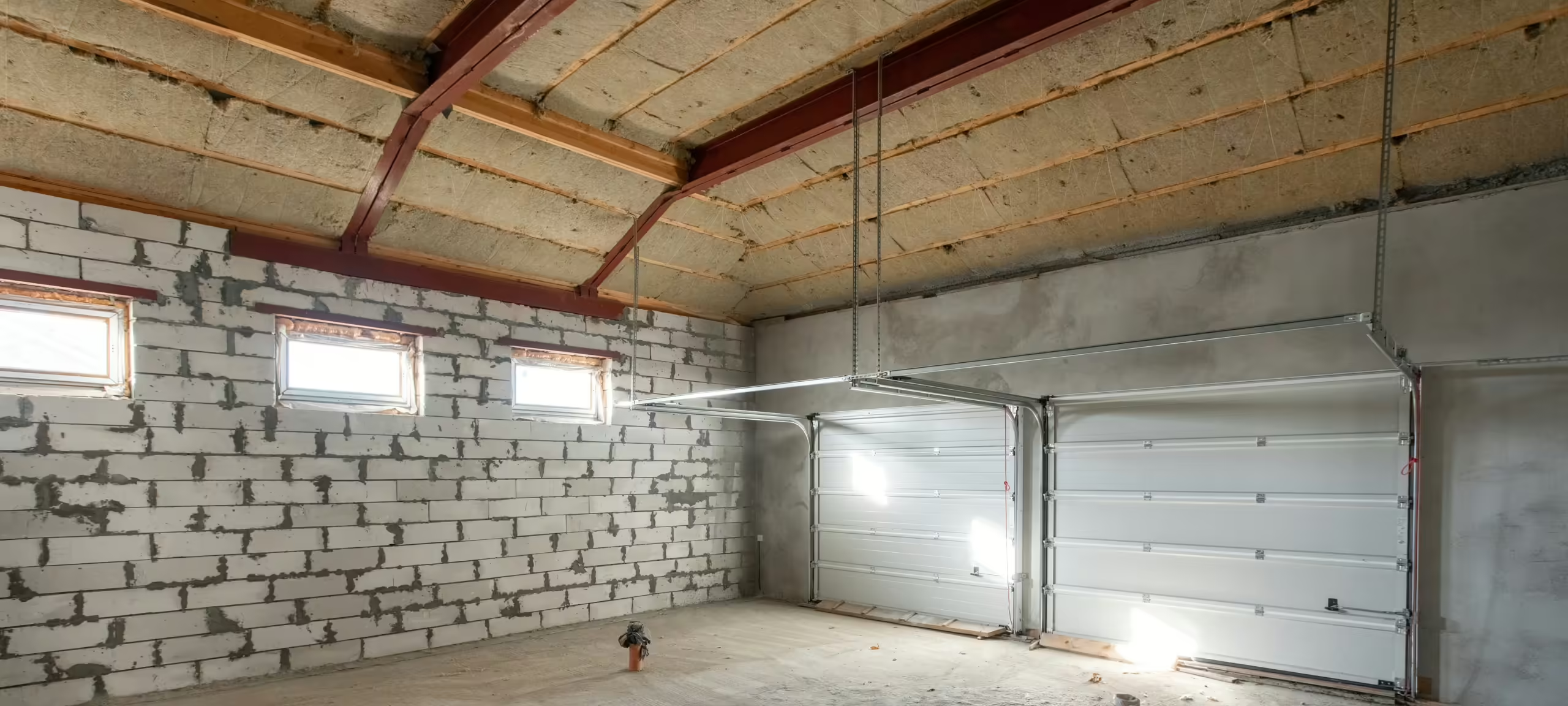 Garage Insulation
Garage Insulation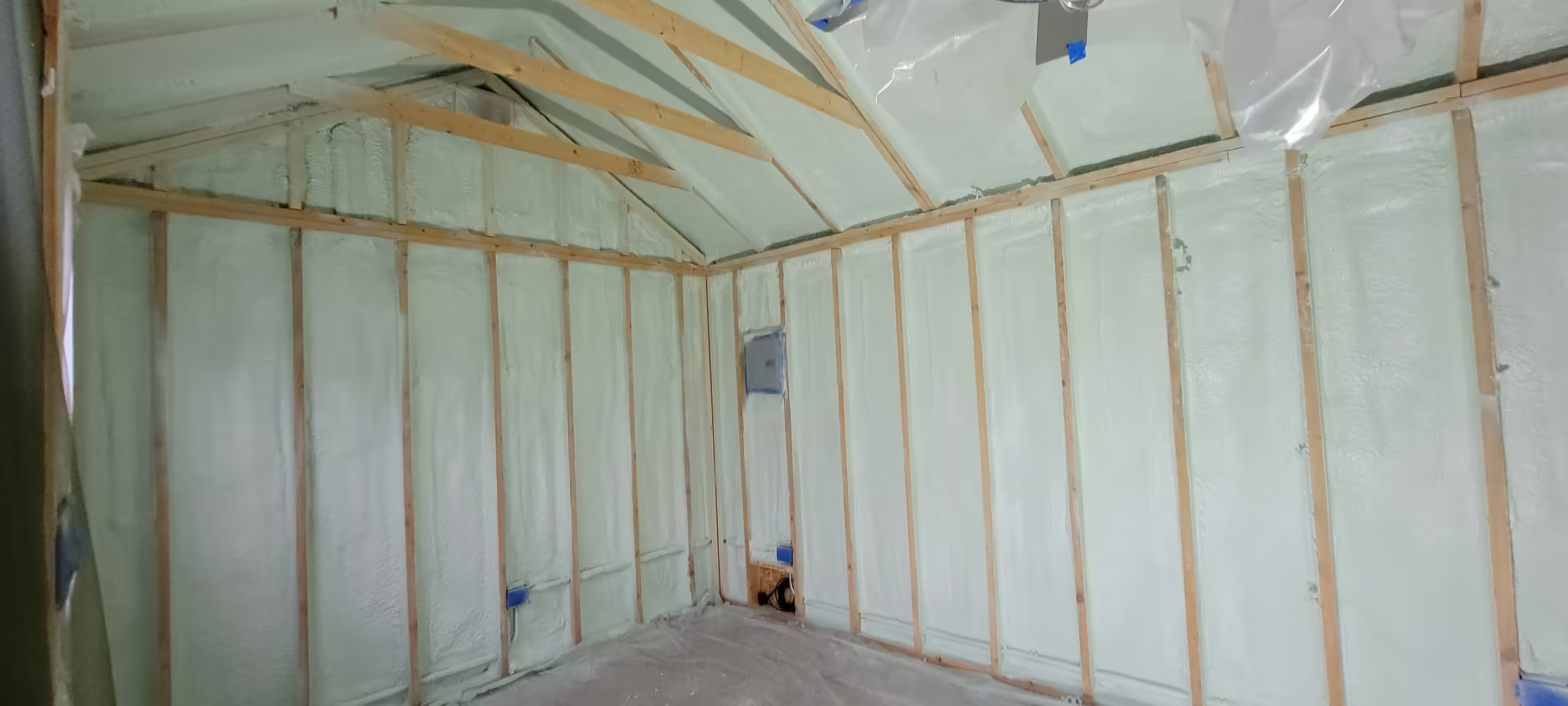 Interior Wall Insulation
Interior Wall Insulation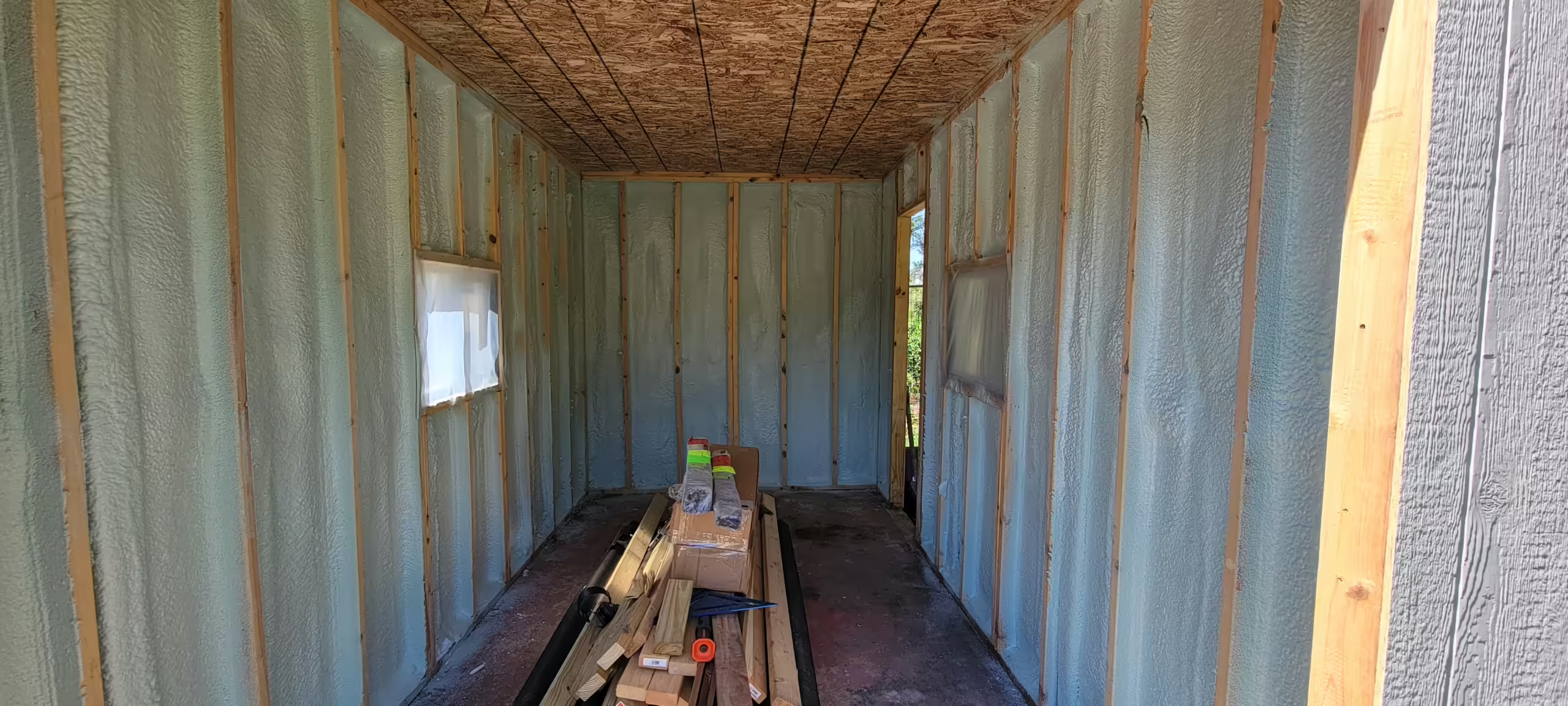 Shed Insulation
Shed Insulation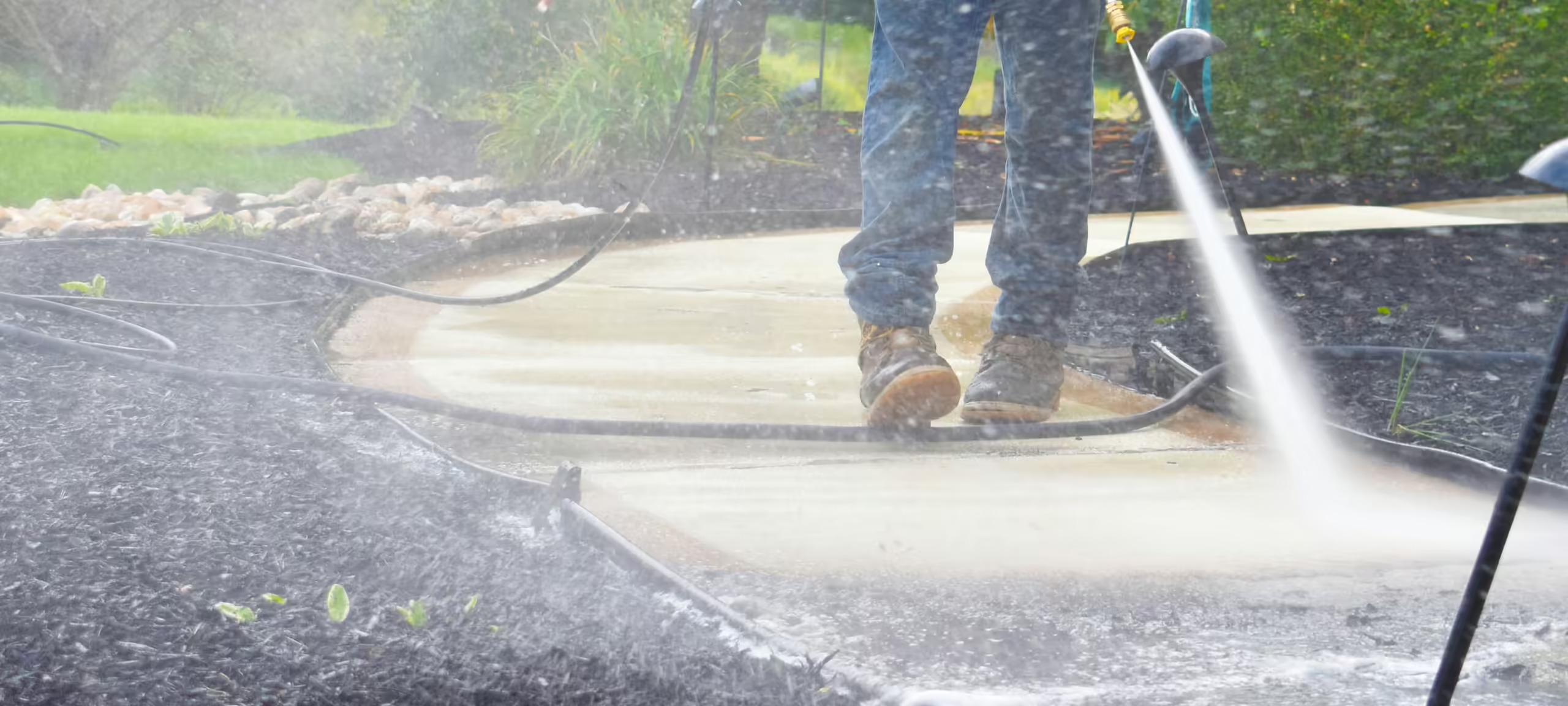 Power Washing
Power Washing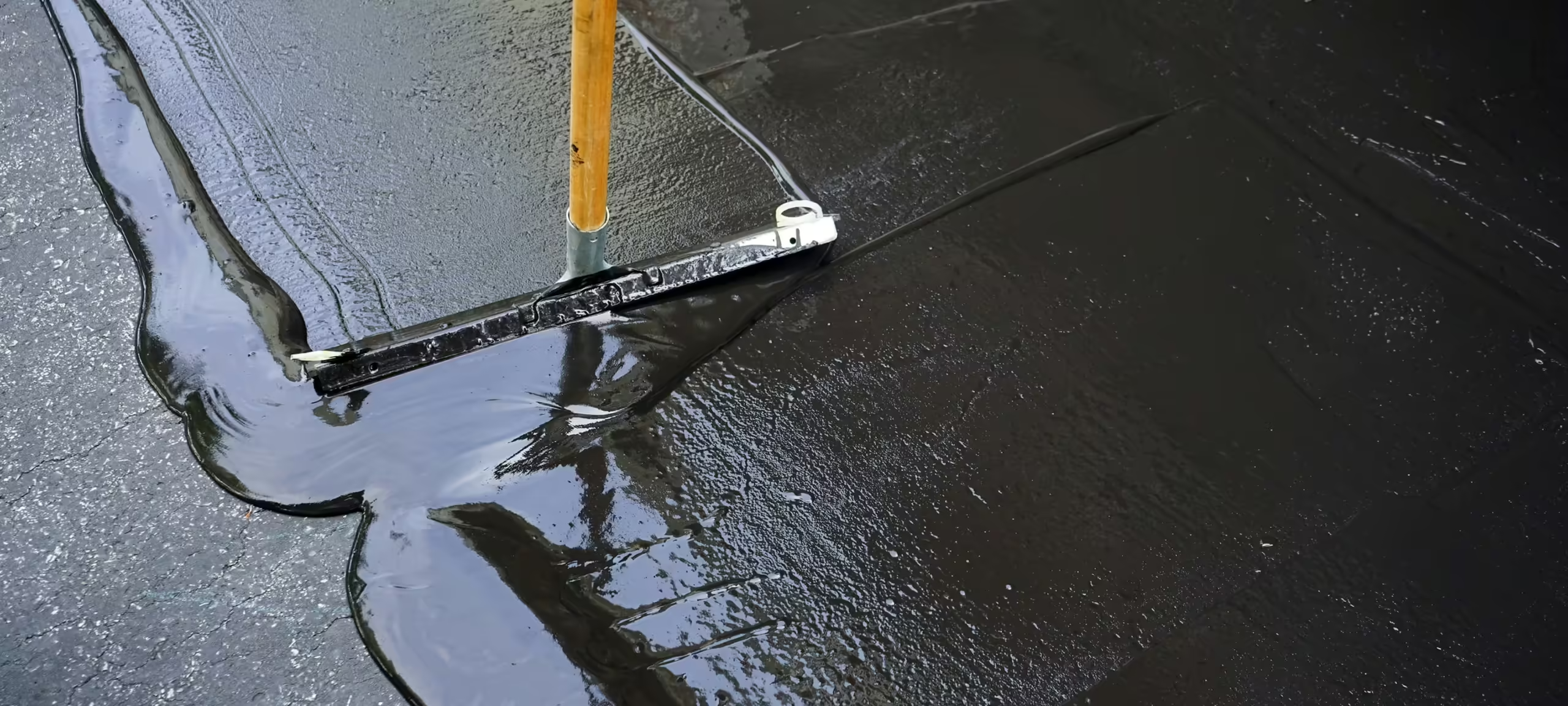 Sealcoating
Sealcoating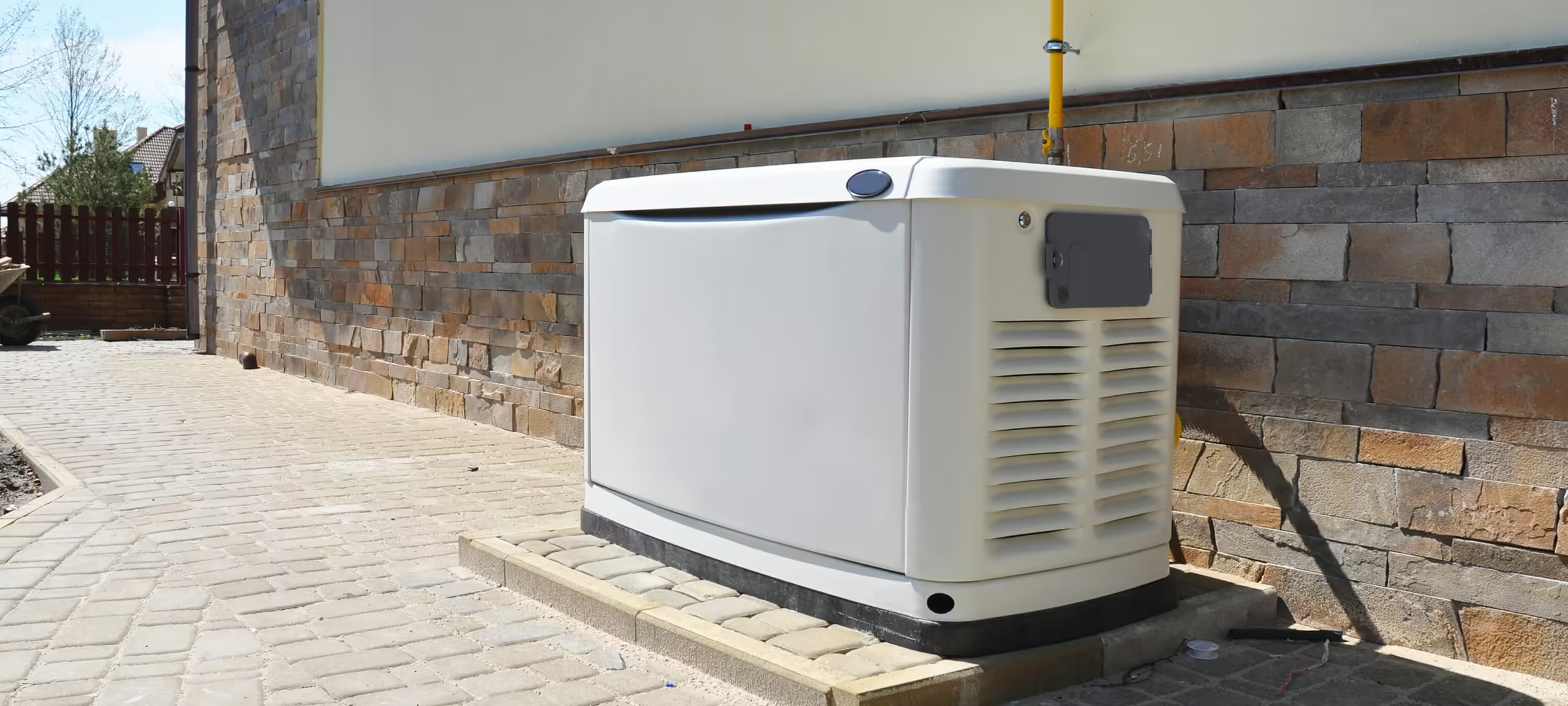 Backup Power Generators
Backup Power Generators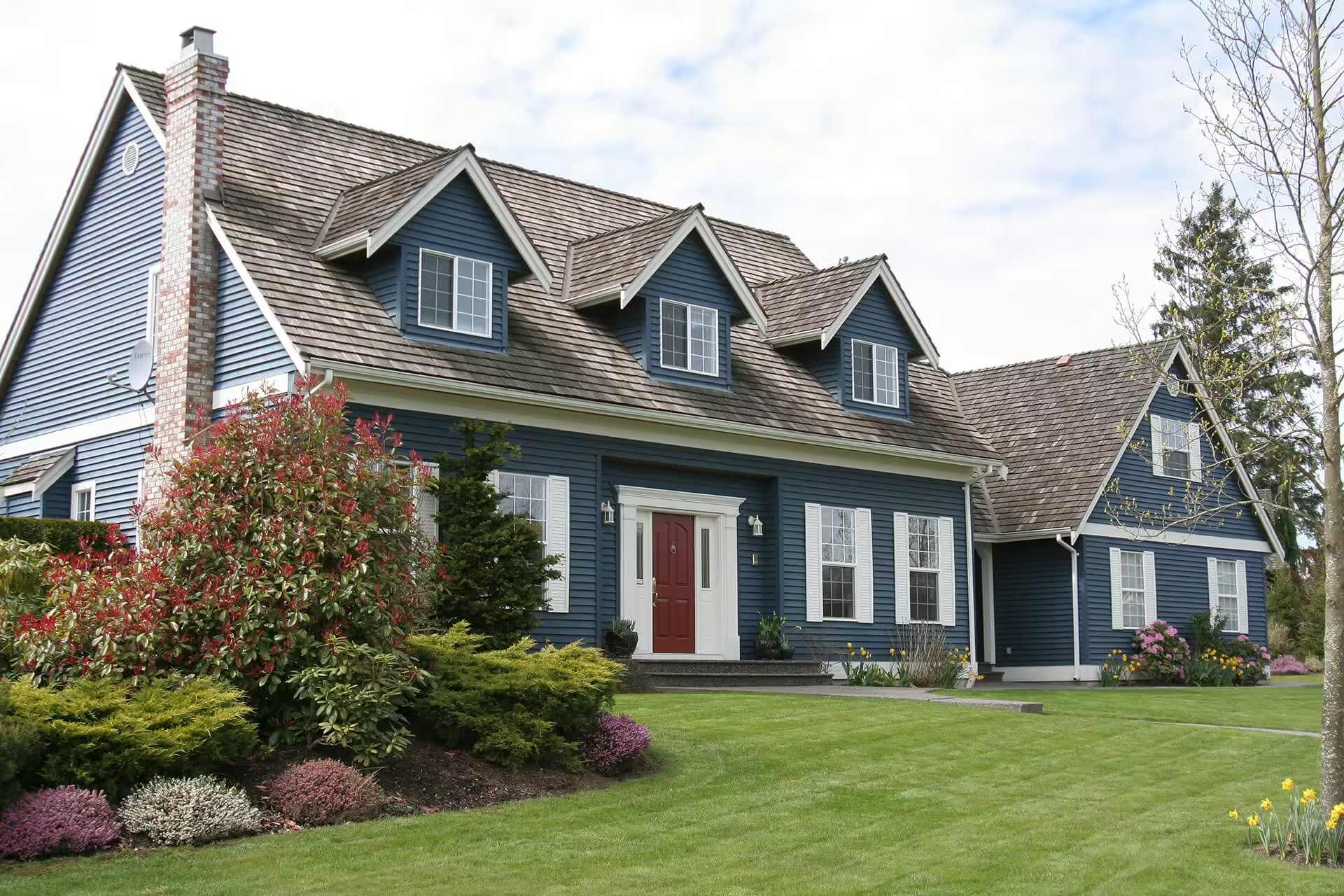 Lake County Insulation
Lake County Insulation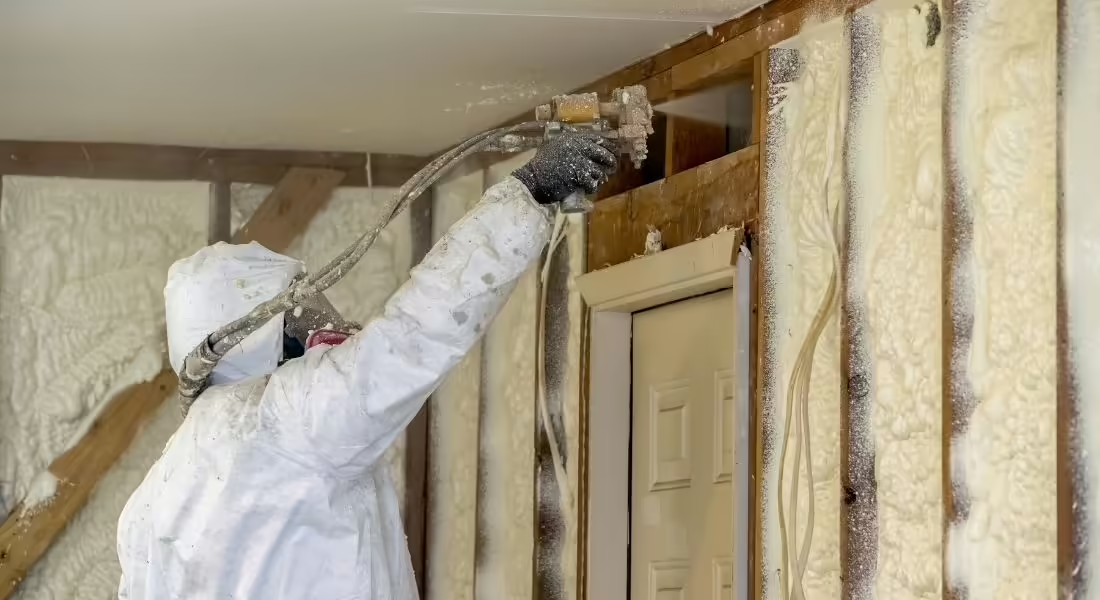 Spray Foam Insulation Guides
Spray Foam Insulation Guides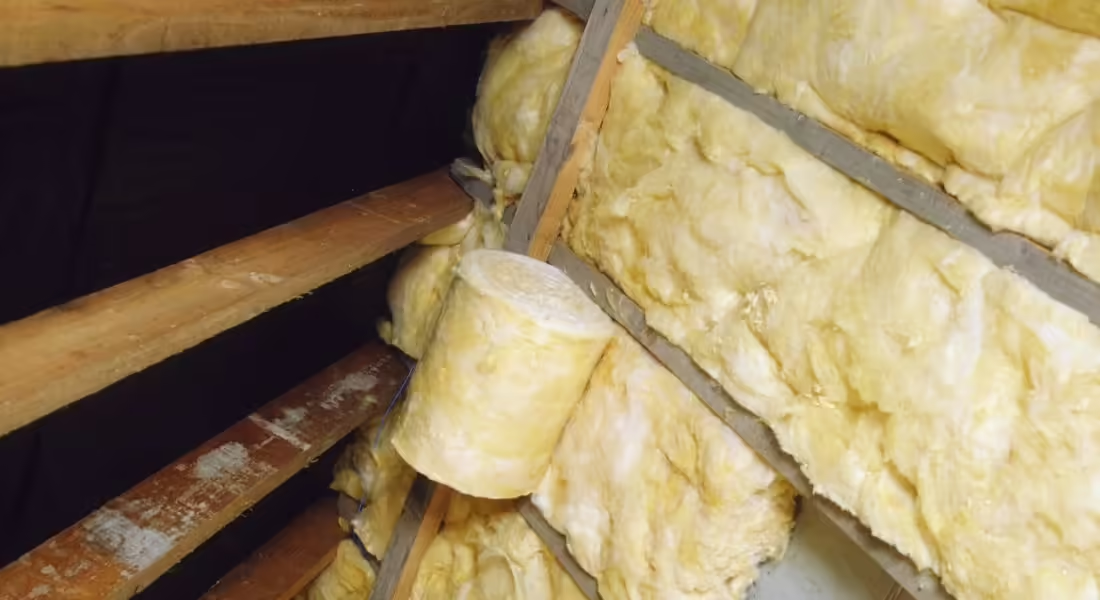 Insulation Guide
Insulation Guide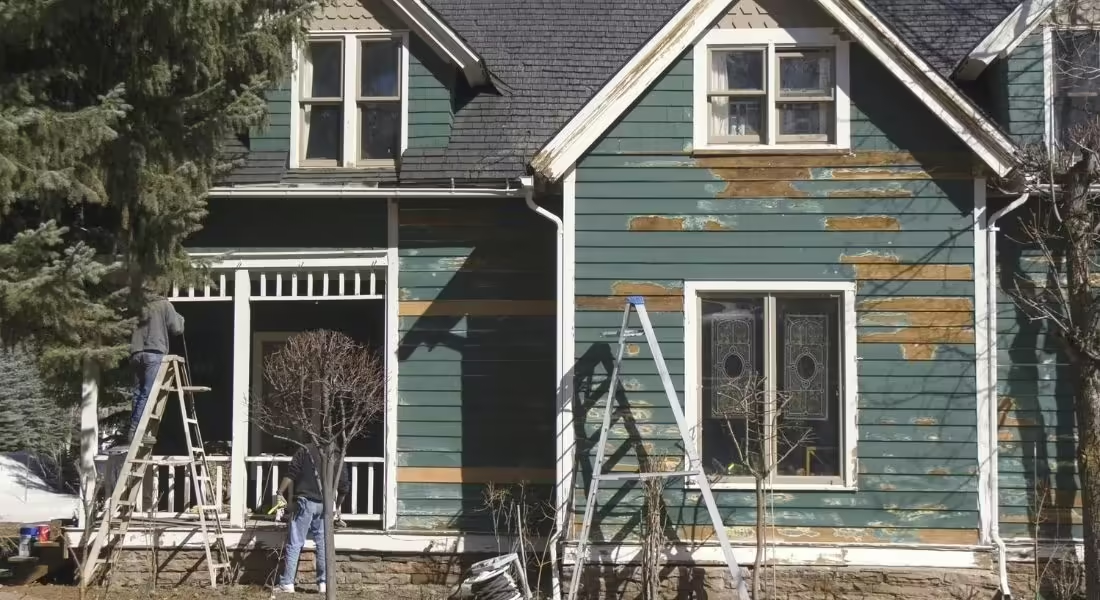 Home Improvement & Maintenance Guide
Home Improvement & Maintenance Guide